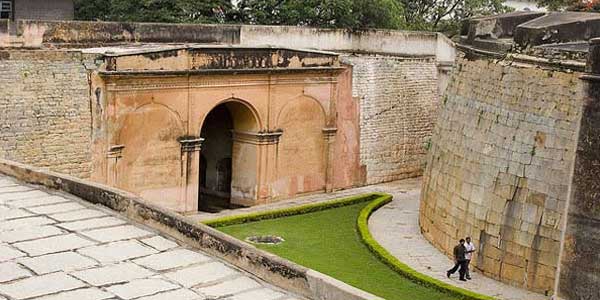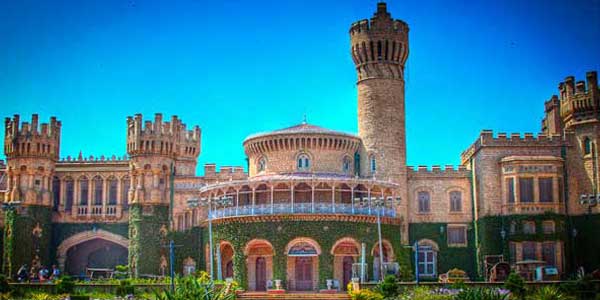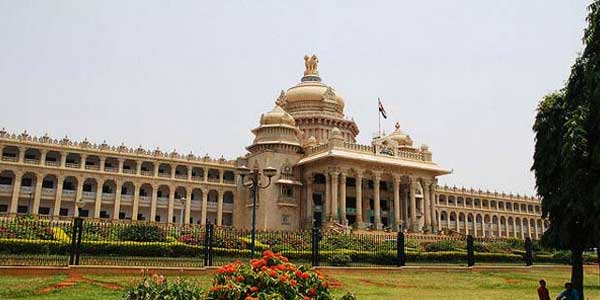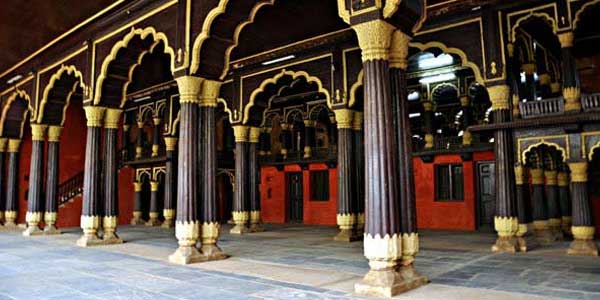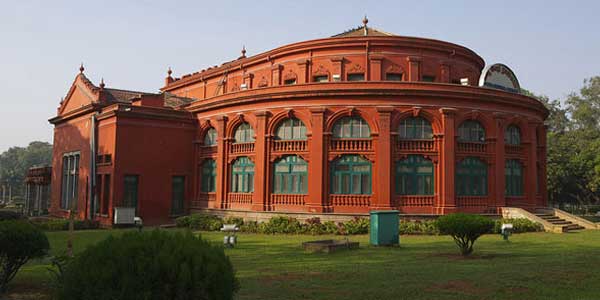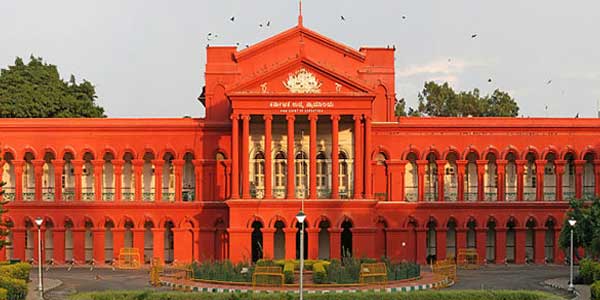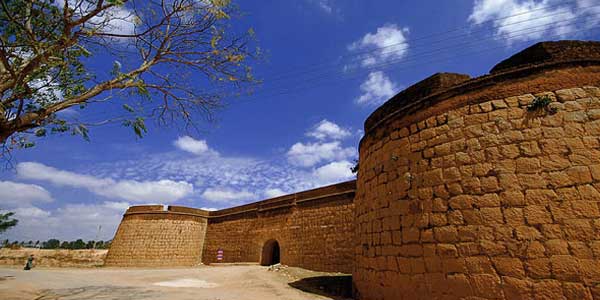
Attara Kacheri Bengaluru
Attara Kacheri of Bangalore is a building housing the High Court. Situated opposite the Vidhana Soudha, it dates back to the year 1867. One of the major attractions of the Attara Kacheri is its Gothic Style of architecture. It is a two-storied building, built in the European classical style. Also known as the High Court Building, it serves as the perfect contrast to the white columned building of Vidhana Soudha. Read on to know more about Attara Kacheri of Bangalore, India.
Attara Kacheri of Bangalore was built under the reign of Tipu Sultan, the Emperor of Mysore. It is said that during his time, the offices of the eighteen departments of Revenue and General Secretariat expanded to quite an extent. Since the palace could not house the offices, he ordered the construction of a new building, where the offices could be relocated. He named the building as Attara Kacheri, meaning eighteen offices or departments.
There are a number of buildings worth visiting near Attara Kacheri. They comprise of the Visveswaraya Industrial and Technological Museum, Public Library, the Venkatappa Art Gallery and the Government Museum.
It is a two-storied building, built in the European classical style. Built with red stone, it serves as the perfect contrast to the white columned building of Vidhana Soudha. Attara Kacheri was built under the reign of Tipu Sultan, the Emperor of Mysore. He named the building as Attara Kacheri, meaning eighteen offices or departments. This was completed in 1864 and housed the Public Offices from 1868 until 1956. These were later moved to the Vidhana Soudha, and this building became the high court. On the ceiling of its Central Hall is a Portrait of Sir Mark Cubbon, Commissioner of Mysore from 1834 to 1861. Behind the building is a statue of him by Baron Marochetti.
Bangalore Monuments
Bangalore Monuments, if you go by popular accounts, is the Silicon Valley and the Garden City of India. Heritage and culture have always flown freely in the veins of Bengaluru along with contemporary significance. The historical monuments of Bengaluru unfold a whole new world of historical, cultural, architectural, political, traditional and religious legacy and past of Karnataka. The forts and palaces manifest professionally competent town planning and the wonderful architecture at the time of some of the earliest dynasties in India. Sometimes the edifices have been created to commemorate a person or important event or designed as artistic objects to improve the appearance of a city or location. They have become iconic emblems of modern Bengaluru in all their glory.
The cultural heritage of Bengaluru consists of contributions and influences of successive dynasties that ruled it such as the Kadambas, Hoysalas, Chalukyas and the Vijaynagar Empire. The Mughals and the British reigned in Bengaluru as well. Rudiments of the people, the races and the religions were altered and assimilated as per conveniences and bear mark on the beautiful monuments that have stood the test of time.
The capital of Karnataka, Bangalore has a unique cultural identity with elements of both Hinduism and Islam and has several notable monuments including the Vidhan Soudha and Tipu's Palace. The city also has the magnificent Bangalore Palace in a blend of Gothic and Tudor architecture. The famous monuments always merit a visit, because they are the speaking stones of Bangalore's historical details.


